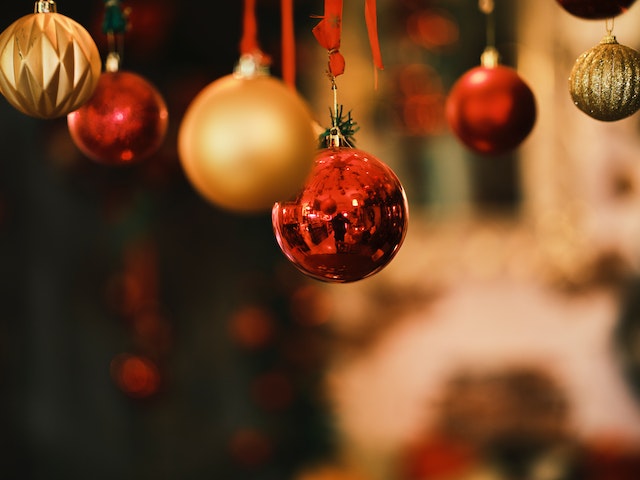The Roots of Christmas Ornaments: A Trip Down Memory Lane
It’s a part of the holiday season that is particularly magical: the ritual of decorating the Christmas tree with twinkling lights and sparkling ornaments. Every year, families come together to hang up their favorite decorations, some of which may have been passed down through generations. But it begs the question—where did these cherished decorations come from? This article will explore the history and meaning behind classic Christmas ornaments, offering an insight into timeless traditions and cultural significance.
Christmas trees were first introduced to Europe in the 16th century, but it wasn’t until much later that ornaments became popularized. In Germany during the 19th century, people began to create ornamental items for their trees. These items included apples (a symbol of good health) which were brightly painted with glass beads or wrapped in tin foil, as well as paper roses made from colored tissue paper. Additionally, cookies shaped like stars were hung on trees in some homes.
In 1880, F.W. Woolworth revolutionized Christmas ornament production by partnering with German glassmakers to produce inexpensive glass balls for Americans to buy and adorn their trees with each year. The popularity of these handmade glass baubles quickly spread across Europe and then North America, where consumers eagerly awaited catalog selections from Woolworth every fall season.
The Symbolism and Meaning Behind Each Traditional Christmas Ornament

Ornament collectors today adore these vintage hand blown pieces for their unique colors and shapes; however, they can also be very expensive due to their age and rarity! Later generations have had no shortage of creative options when it comes to customizing their own trees—from icicles made out of aluminum foil to pop-culture inspired characters crafted by artisans from around the globe—it seems like anything goes when it comes to personalizing your decorations!
Aside from aesthetics, Christmas ornaments are imbued with great symbolic meaning as well; many cultures see them as a way to pay homage to religious figures such as Jesus Christ or Santa Claus while others view them as symbols of luck or peace 8(think dove-shaped ornaments). They are also seen as harbingers of hope—reminding us that even in darkness there is always light at the end of the tunnel! Even countries without a Christian heritage celebrate holidays involving festive decoration: in Japan for example, Kōh-i-Nōr diamonds represent eternal love while bamboo leaves indicate protection against misfortune.
Whatever your beliefs may be—Christmas is ultimately a time for family unity and joyous celebration; having meaningful trinkets hanging on your tree serves not only a decorative purpose but also a symbolic one—connecting you with those who came before you while sharing your own values with those around you! So embrace this special tradition by taking part in its timeless rituals; share stories about your favorite decorations with friends & family members over hot chocolate this December!